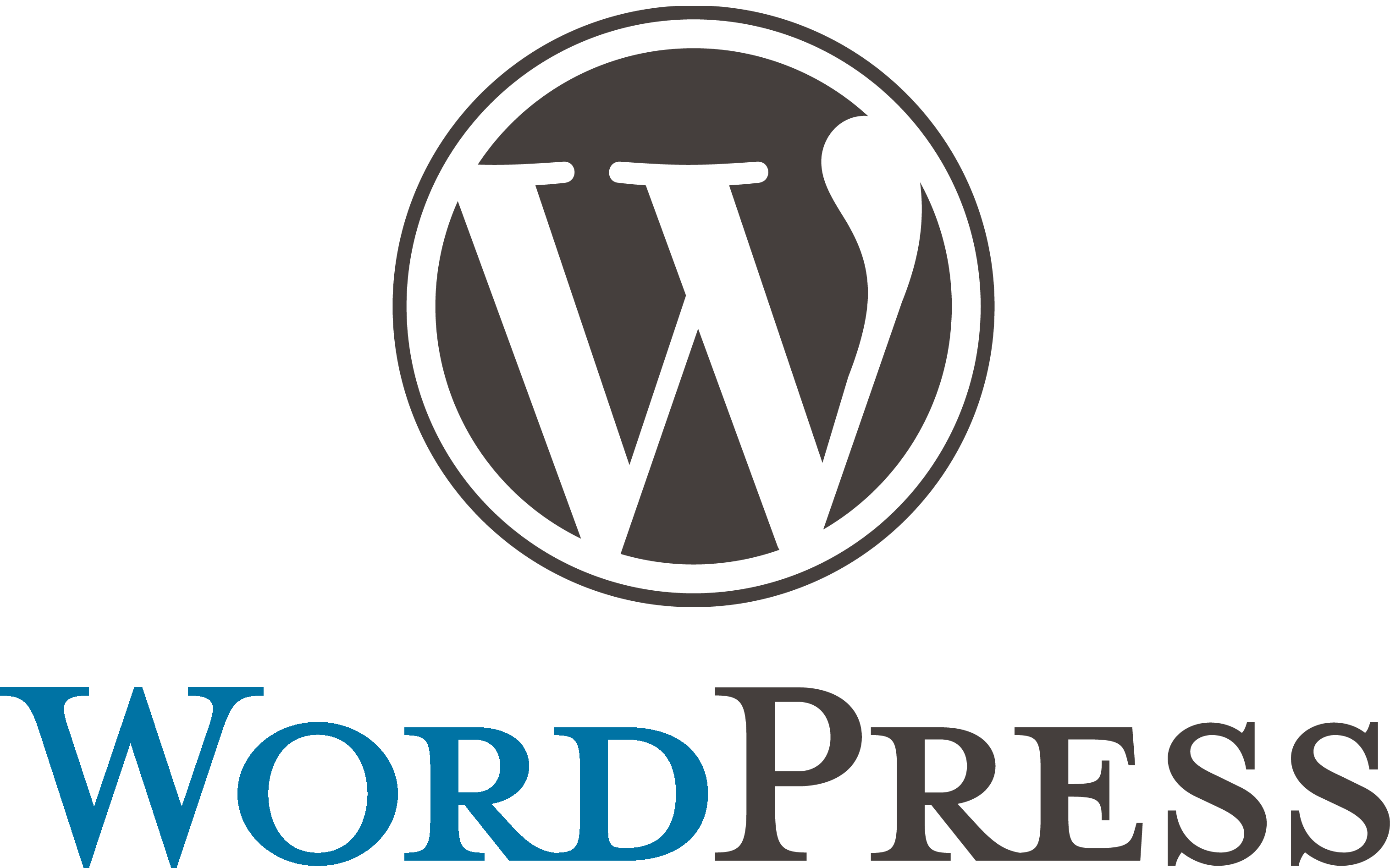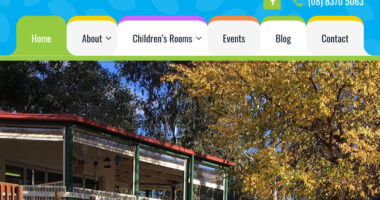In WordPress, a theme is a collection of code files which set out the layout and aesthetics of your website. Themes can be quickly swapped in and out using the WordPress interface, instantly changing the design of your website. This process would take hours with a vanilla website. Hence, the theming system is one of the keystones of the flexibility of WordPress.
There are thousands of WordPress themes available all over the internet. They come in all shapes and sizes. Some are free and some are paid for. Some paid themes are obtained through one-off purchase and some are sold as a subscription for updates or support. Some themes are freemium meaning you can use a free version but additional features. Some themes are well made. Many are badly made. Strictly speaking, themes are only supposed to change the aesthetics of a website, but many add functionality too. This is traditionally the jurisdiction of plugins but the line between WordPress plugins and themes has become increasingly blurred over the years.
Theme’s tend to be designed to suit particular types of website though some aspire to be all rounders. Generally though, the theme you choose for a travel blog is going to be a lot different to a theme you choose for a accounting firm. Whatever purpose your website has, someone has probably designed a theme for it.
Choosing a Theme for your Website
Where to find Themes
Your first port of call in the quest for a good theme is the official wordpress.org theme repository. Themes in the official repository are free and have been vetted by the WordPress team. Vetted means you can be confident the theme doesn’t contain malicious code. Vetted doesn’t necessarily mean it will be a good theme. Good free themes can be downloaded from other sources too but outside of the official repository you must keep an eye out for malicious code.
The majority of free themes are badly designed which is fine because anyone can notice uninspired design. Harder to spot are the many free themes that are badly coded. On top of that, most free themes are not supported by their creators and often abandoned altogether.
We’ve only had negative things to say about free themes but there are gems too. The default WordPress themes are free and they’re usually pretty serviceable. Storefront by the creators of WooCommerce is pretty good. OceanWP has been used to make some great websites. So don’t write off free themes entirely.
Outside the official repository the paid theme runs supreme. Paid themes are sold from a variety of sources. We’ve listed some of our favourite sources below, just a fraction of what’s out there.
- Astoundify – Only three themes but fantastic if you’re building a directory, a job board or a digital marketplace.
- WooThemes – Builds eCommerce themes for the WooCommerce plugin.
- StudioPress – Sells themes based on the Genesis Framework.
- Themify
- Themeforest – The largest marketplace of paid WordPress themes. Just under 8000 WordPress themes at time of writing.
- Creative Market – 3567 WordPress themes at time of writing.
Create Your Own Theme
Most of the time, an out of the box theme won’t match your exact needs. In this case, there are two different roads you can travel down.
- You can build a custom theme from scratch. This requires expertise and time but as you can tailor the theme to match your exact needs. This method yields the best results but is more expensive than option 2.
- If you find an existing theme which is ‘close but no cigar’, you can modify it. The best practice to modify an existing theme is to build a child theme. A child theme inherits the functionality and design of the parent theme, while allowing you to overwrite any aspect of it you like.
Here at Phoenix Web we can create a design from scratch for you or modify an existing theme.
Criteria when choosing a Theme
Theme authors usually publish their theme with some technical information and a link to a demonstration website which allows you to see what a website using the theme will look like. The page and demo is effectively an advertisement for the theme, so authors will try to put the theme in the best light possible. It’s not easy to narrow down the multitude of theme choices and cut through marketing spiel. One tool that helps is to assess the the theme against the criteria below. You may find them useful. Be careful, the list we’ve written up is by no means exhaustive. They can be considered elastic in that if you find a theme you love which doesn’t meet them all you shouldn’t necessarily reject it outright. Good developers can fix any issue with a theme if they have the budget to do so.
- Ensure the theme is compatible with PHP 7, preferably PHP 7.1 or newer. PHP 7 executes significantly faster than PHP 5 so incompatible themes are missing out on an easy speed boost.
- Ensure compatibility with:
- Recent WordPress versions within one major version of the latest. For example, at time of writing the latest WordPress version is 4.9.5 so you’d want the theme to be compatible with WordPress 4.8 or later.
- Any other plugins necessary for your project. Possible examples:
- Revolution Slider
- Events Calendar
- Your forms plugin of choice such as Gravity Forms, Ninja Forms, WPForms etc.
- WordPress Multilingual.
- Ensure the website is responsive for various web browsing devices.
- Particularly check the main navigation menu on mobile screens.
- Tables if your website is likely to use them.
- Click and drag elements that should also be swipeable on touch screen but may not be.
- Displays properly on all the common web browsers.
- Latest Google Chrome.
- Latest Mozilla Firefox.
- Latest Microsoft Edge.
- Apple Safari on Apple devices.
- Microsoft Internet Explorer (IE). IE is a special case because it is a horrific browser to work with. Many developers forgo supporting older versions of IE because doing so is a significant cost increase. We usually only support IE10 and IE11 on websites we build. You may need to support older versions of IE if your website must be accessible to everyone or your visitors are likely to be used by older users who tend to stick to the default Windows browser.
- Measure demo web page load time with tools like Pingdom Site Tools or GTmEtrix. If pages take more than 3 seconds to load it’s time to worry. Take 3 or more readings of the same page to detect outliers.
- Think about how your logo will live in the theme. If your logo works best with a dark background and the theme only works well with a light header you may have a problem. Similarly you could be inviting trouble if your logo is tall but the header is designed to be thin.
- Check the HTML to ensure navigation items like main menu, breadcrumbs are placed in a
<nav>tag. - Check that CSS and JS files are minimised to reduce file size.
eCommerce Criteria
If you’re building an eCommerce shop, you’ll want to check the following criteria.
- Compatibility with recent WooCommerce versions. WooCommerce is the dominant eCommerce plugin and others barely register.
- Check that eCommerce cart information is displayed on every page, usually in the header. This information may only display once you add an item to the cart so try doing this. At bare minimum there should be a link to the cart page. Preferably the section should also display the total amount of cart items and total cart cost. Nowadays customers expect the online checkout process to be easy. Cart information being easy to find is part of their expectation. If the customer has trouble finding cart information they’ll get confused or irritated and you may miss out on the sale.
- Ensure the theme design is congruous with your product images. For example if the theme demo uses product photos with a white background and your product photos have a wood texture background the photos may clash with the design.
Quality Signals
The following items aren’t strict technical requirements but can signal whether you’re looking at a quality theme or not.
- The more recently a theme was updated the better.
- A theme updated less than 3 months ago is ideal.
- A theme updated less than 12 months ago is okay.
- A theme updated more than 12 months ago is a bad sign.
- A theme updated more than 24 months ago should be scratched off the shortlist.
- Lots of sales are a vote of confidence and a sign the theme author has the budget to provide decent support and updates for the theme. Not all theme shops show the number of sales, but the biggest do.
- Good reviews and/or 5 star ratings are the sign of a good theme. The more the merrier. Fake reviews are hard to spot but are a possibility you cannot rule out. If your gut tells you a review is fake, listen to it.
- Generally it’s better to buy a theme from a trusted author with lots of themes under their belt than a newbie publishing their first theme. If the author is on Themeforest another good indicator of experience is the badges in their profile.
Traps to avoid
Try to avoid letting the following aspects of the demo influence your choice.
- Images – Images in the demo are often not included in the theme and must be purchased separably. In any case they may be unsuitable for the website you’re building.
- Colour scheme – It’s unlikely a theme demo will have the exact colour scheme you want for your website out of the box. This is not a problem, because colours are easily changed with CSS code. So don’t let this knock the theme out of contention. It can be hard to visualise your colour scheme over the theme default though. One technique to mitigate this is to use the browser inspector to change some element colours or take a screenshot and modify it in Photoshop to use your colour scheme.
- Sliders – Don’t worry too much if the authors have added a gaudy self indulgent slider. Whatever slider the theme authors have put in their demo can be hacked apart or removed entirely.
Learn More
Read more about WordPress themes at the WordPress codex.



